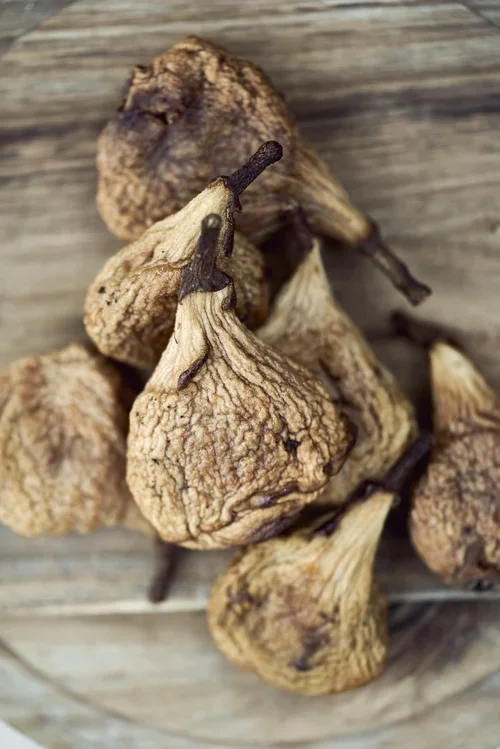Poires tapees
It was summer 2021 when I sat in the car with my daughters and we headed to France. A trip so badly needed after the madness of all those quarantines. After spending our first days in Lyon, we drove to Tours to stay in a small house with a pool and the most generous owner, to travel around, visiting castles and local producers. One of the producers I already knew I had to visit—even before we got there—was someone who still makes Poires tapées — meaning “pressed pears”.
They look like someone stomped on them a few too many times, and yet they’re a traditional delicacy in the Touraine region, especially around the village of Rivarennes near Azay-le-Rideau. And, incredibly delicious.
The preservation method actually dates back to the 11th century, and when you see how they’re made, it really does make sense. Drying fruit was one of the only ways to preserve it back then. The technique was introduced by peasants returning from the Crusades, who had learnt to dry fruits like plums, and as this region had an abundance of pears, they started using it on those too.
Even though today hardly anyone knows about pears like these—and they’re really difficult to get—back in the 19th century, their popularity was huge. Farmers here lived off of them, producing over 150 tonnes a year, eaten not just in France but exported around the world.
But what makes them different from any other dried pear? So much.
First of all, they’re not dehydrated in the sun or an attic or in massive industrial machines—absolutely not. It all begins with an oven heated by wood. The fire has to burn out, leaving the oven hot. Then, peeled pears are placed inside and slowly dried for several days. When they come out, they look crinkled and slightly shrivelled. And that’s where the next step comes in—the bit that gives them their name, tapées. They're flattened with a traditional tool called a platissoire, which makes them nice and evenly pressed, before being stored in warm rooms and then packaged.
Are they as good as people say? Yes—better, actually. There’s this warm, subtle aroma from the wood-fired oven, the deep sweetness of the pear, a lovely bit of moisture still left inside, and a satisfying chew from all that careful drying and pressing. And although they’re often eaten just as they are—and that’s how I prefer them—locals these days like to soak them in Hypocras (a wine with honey and spices), eau-de-vie, or cook them in a cinnamon and sugar syrup (the latter being a bit too sweet for me, but still delicious).
Note that pears like these, if stored properly, can last and be eaten for up to 15 years.
Whenever you have a chance and are in the region, there are two places you must visit to taste and buy them.
Musée de la poire tapée
La maison des poire tapée


